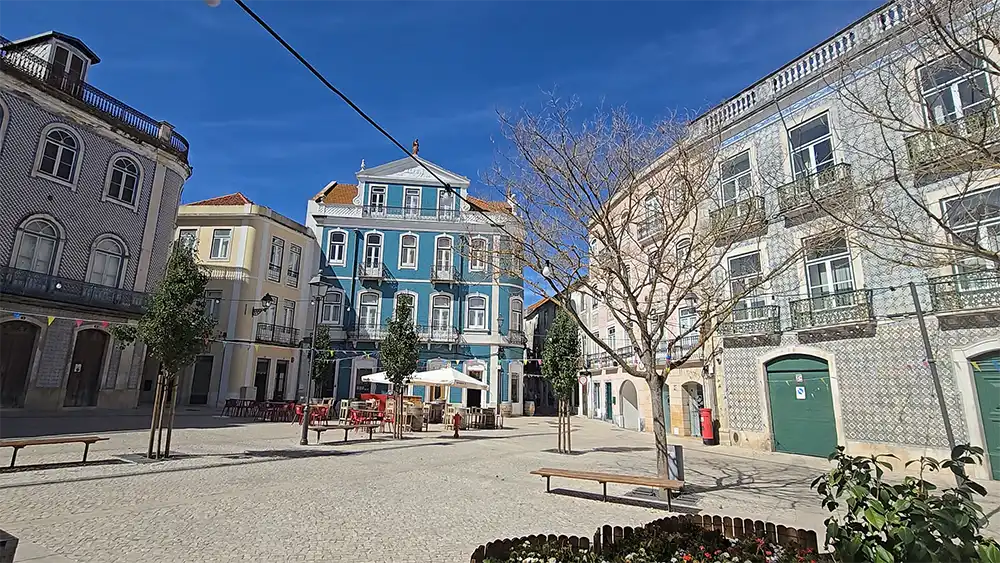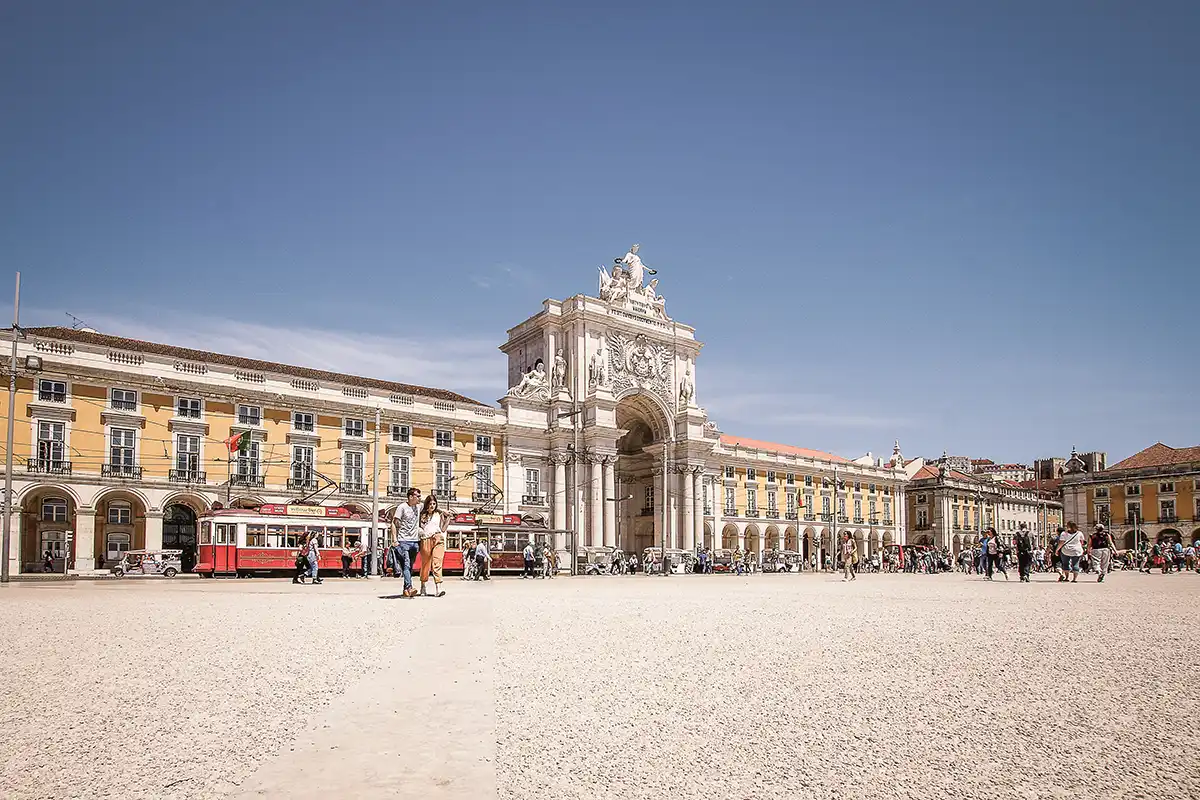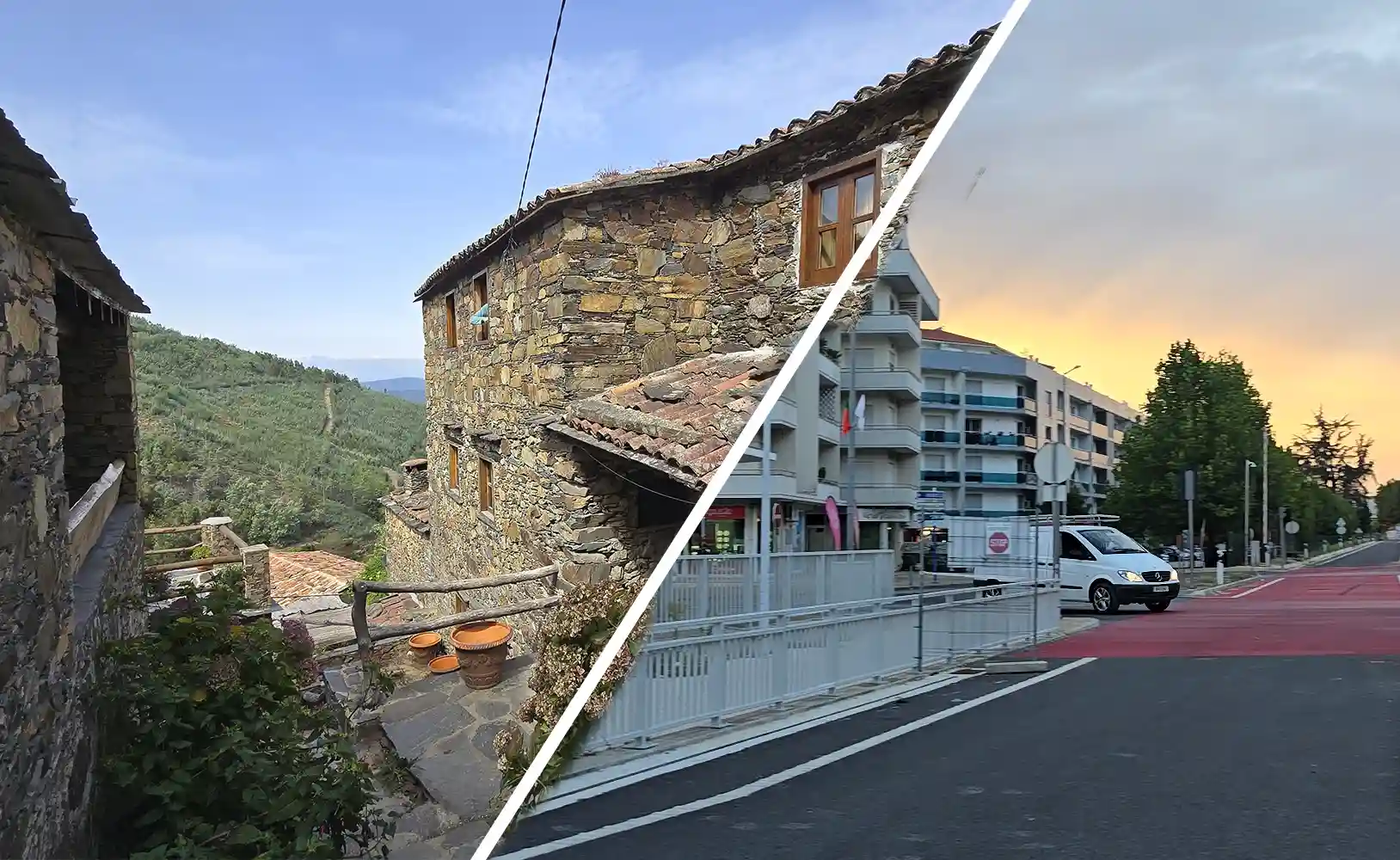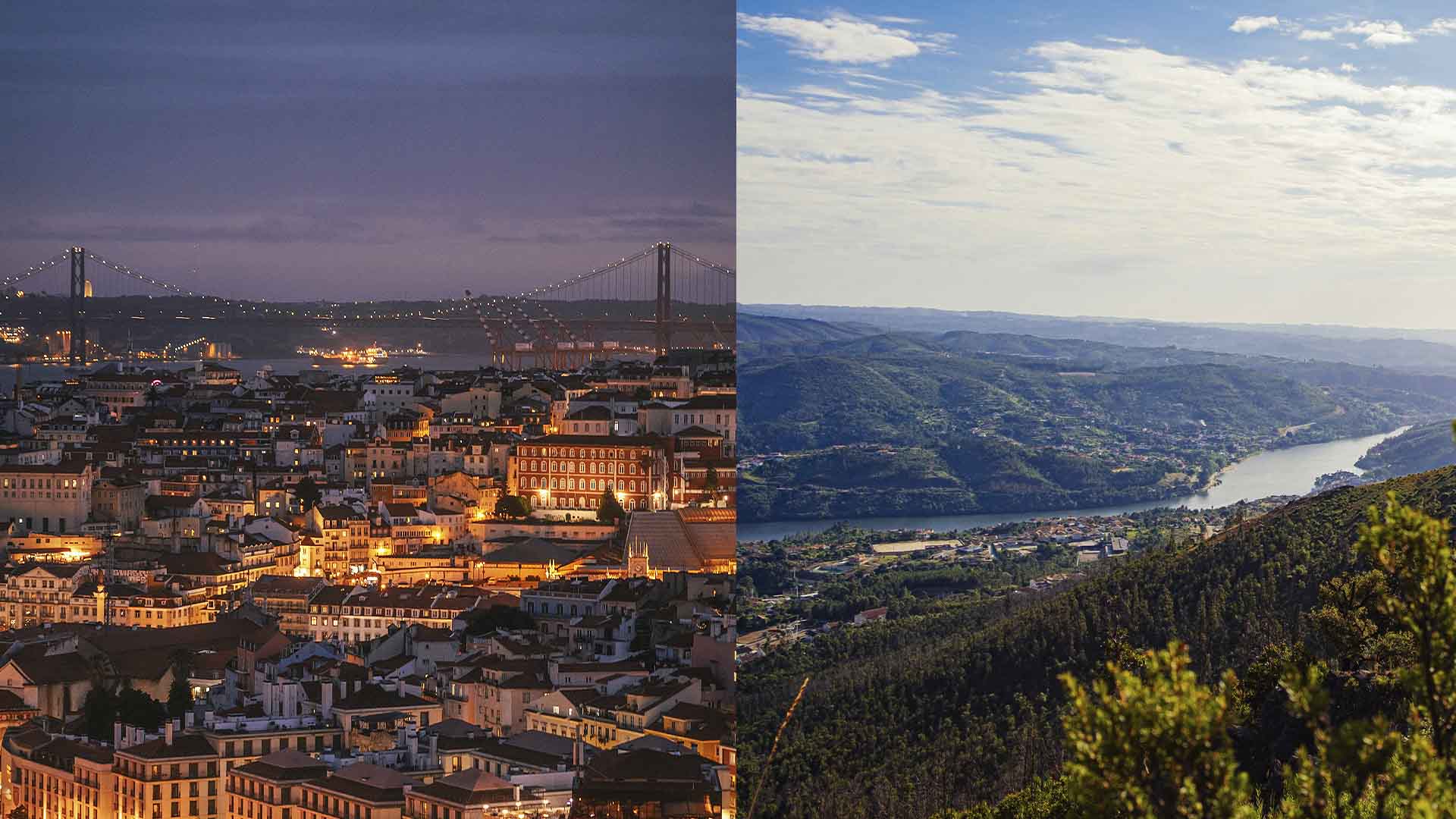When people dream of moving to Portugal, Lisbon and Porto often steal the spotlight. But just 45 minutes north of Lisbon lies Torres Vedras, an up and coming city that offers excellent accessibility, affordable housing, and a great quality of life. For expats and locals seeking a more balanced lifestyle—close to the capital but without its high costs—Torres Vedras is worth a serious look.

Location and Accessibility
Torres Vedras sits between Caldas da Rainha and Lisbon, making it one of the most strategically placed cities in central Portugal. By car, the drive to Lisbon takes 30 to 45 minutes, depending on traffic and whether you use the highway or the national road through Mafra.
The highway toll is modest and for many commuters, public transport is an even better option. A monthly bus pass from Torres Vedras to Lisbon costs about €40, the same price as public transport within Lisbon itself. Trains also connect the city to Lisbon, though buses tend to be faster and more reliable.
This excellent transport network means Torres Vedras is a very realistic option for anyone working in Lisbon but looking for a quieter and more affordable place to live.
Real Estate and Cost of Living
One of the city’s biggest draws is its affordable housing market. Compared to Lisbon, where prices in high-demand areas can exceed €10,000 per square meter, Torres Vedras offers far more value.
Here’s a snapshot of average property prices as of August 2025:
- Apartments: around €2,353 per square meter
- Villas: around €1,766 per square meter
- New builds: up to €3,031 per square meter for apartments, and about €2,043 for villas
With Lisbon averaging €5,000 per square meter in the city center, Torres Vedras presents a significant saving while still offering the benefits of proximity.
The city is more apartment-heavy, with fewer villas on the market. However, newer apartment complexes and housing developments are steadily being built, giving buyers and renters a wide range of options.
The City Layout: Old Meets New
Torres Vedras combines history with modern convenience. The city is divided into three distinct areas:
- The Historical Center – Narrow streets, charming houses, small shops, and plenty of restaurants. At its heart sits the castle, perched on a hill, offering panoramic views of the city.
- The Mid-Century Expansion – Built during the 1980s and 1990s, this area includes a mix of residential blocks and essential services.
- The Modern Expansion – Home to supermarkets, large retail stores like Decathlon, and contemporary apartment buildings.
Despite these contrasts, the city feels well-planned and cohesive, unlike other Lisbon-area cities such as Setúbal, which often face criticism for chaotic urban planning.
Torres Vedras is also walkable. Most places, from schools to cafes, can be reached within 30 minutes on foot. The city offers essential services such as schools, courts, police, firefighters, and both public and private hospitals, including the well-regarded Hospital de Luz.
Lifestyle and Quality of Life
Living in Torres Vedras means enjoying the charm of a Portuguese city without sacrificing modern conveniences. The historical center is full of life, with cozy restaurants, small bakeries, and traditional shops. The newer parts of the city feature wide streets, shopping centers, and modern amenities.
Green spaces are also a highlight. Large parks and walking areas make the city family-friendly and ideal for anyone who enjoys outdoor living.
While Torres Vedras is not a coastal city, it’s close to several beaches. In just 20 to 30 minutes, you can reach the coastline and enjoy the sea. This makes it appealing to those who want the best of both worlds: easy access to Lisbon for work, and proximity to the ocean for leisure.
Investment Potential
For those thinking long-term, Torres Vedras presents strong investment potential. Lisbon’s real estate market has reached a plateau, and nearby cities like Setúbal have already seen significant price hikes. Torres Vedras, however, is still on the upward curve.
As demand for housing in Lisbon grows, more people will look to suburban and satellite cities. Torres Vedras is well-positioned to benefit from this trend, offering a combination of affordability, accessibility, and quality of life that makes it attractive for both buyers and investors.
Conclusion
Torres Vedras may not have the glamour of Lisbon or the coastline charm of Cascais, but it strikes a rare balance: affordable, accessible, and livable. For expats, locals, families, and investors alike, it’s one of the most promising locations in the Lisbon region.
If you’re considering a move to Portugal and want guidance on where to settle, Savvy Cat Realty can help. We specialize in relocation and investment services tailored to your needs—covering everything from rentals and purchases to paperwork and local insights.
Visit us at www.savvycatrealty.com for more resources, or reach out at contact@savvycatrealty.com to book a consultation.







